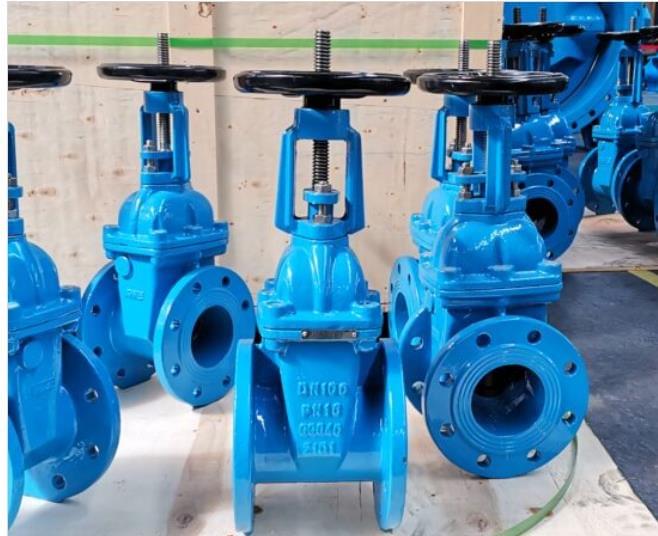While resilient seat gate valves offer many advantages, there are several potential challenges associated with their operation that users should be aware of. These challenges can impact performance, reliability, and maintenance requirements.
Some potential challenges include:
- Seat Wear and Degradation: The resilient seat in a gate valve may experience wear and degradation over time, particularly in applications with high flow velocities, frequent cycling, or abrasive fluids. This can lead to reduced sealing effectiveness and potential leakage past the seat, compromising valve performance and requiring more frequent maintenance or replacement.
- Temperature and Chemical Compatibility: Resilient seat materials may have limitations in terms of temperature and chemical compatibility. Exposure to high temperatures or corrosive chemicals can degrade the resilience and integrity of the seat material, leading to premature failure or loss of sealing capability. It's essential to select seat materials that are compatible with the operating conditions of the application to ensure long-term performance.
- Compression Set and Cold Flow: Resilient seat materials, such as elastomers or rubber compounds, may exhibit compression set or cold flow over time, especially under sustained pressure or in elevated temperature environments. This can result in permanent deformation or loss of resilience, affecting the sealing effectiveness of the seat and potentially causing leakage or bypass flow past the gate.
- Debris and Contamination: Resilient seat gate valves are susceptible to damage or malfunction caused by debris, sediment, or contaminants in the fluid stream. Particles or foreign objects can become trapped between the gate and seat, preventing proper sealing and leading to leakage or jamming of the valve. Regular inspection, cleaning, and filtration of the fluid stream are essential to prevent debris-related issues.
- Gate Jamming or Sticking: In some cases, resilient seat gate valves may experience gate jamming or sticking due to misalignment, reslient seat gate valve improper installation, or accumulation of deposits on the gate or seat surfaces. This can impede the operation of the valve, making it difficult to open or close and potentially causing operational disruptions or system downtime.
- Pressure and Differential Pressure Limits: Resilient seat gate valves have pressure and differential pressure limitations that must be considered during selection and operation. Exceeding these limits can lead to seat deformation, gate binding, or structural failure of the valve, posing safety risks and requiring corrective action to prevent damage or leakage.
- Maintenance Requirements: Resilient seat gate valves may require more frequent maintenance compared to metal-seated valves, particularly in harsh or demanding applications. This can include periodic inspection, cleaning, lubrication, and replacement of worn or damaged seat components to ensure reliable performance and prevent leakage or malfunction.
Overall, while resilient seat gate valves offer advantages such as tight shut-off, low operating torque, and resistance to corrosion and scaling, users should be mindful of the potential challenges associated with their operation. Proper selection, installation, and maintenance practices are essential for maximizing the performance and longevity of resilient seat gate valves in industrial applications.
